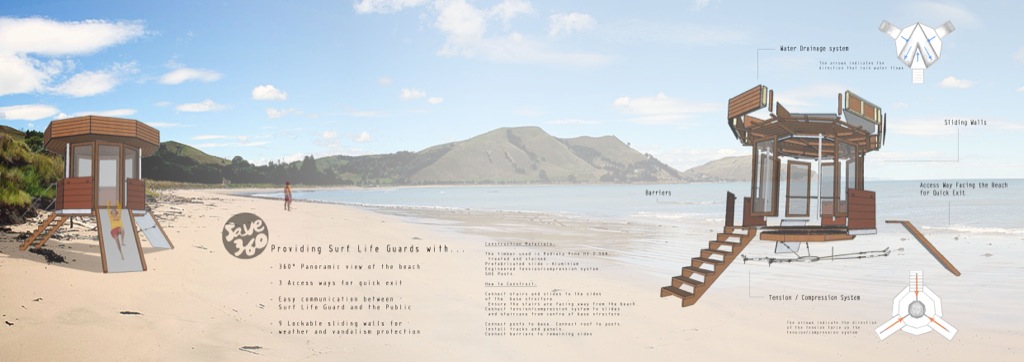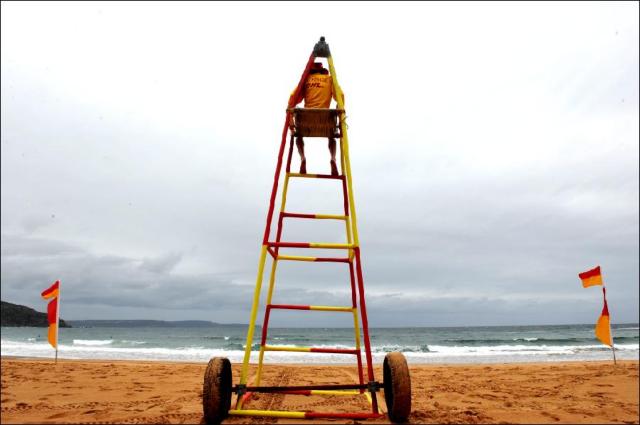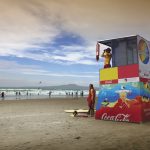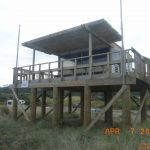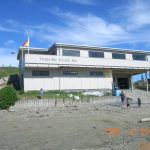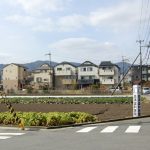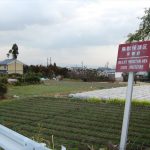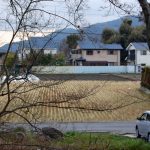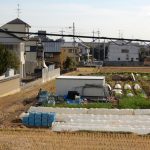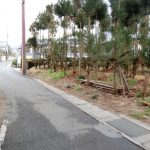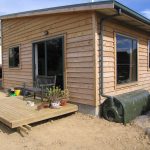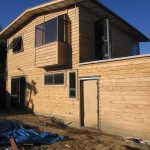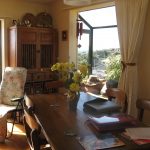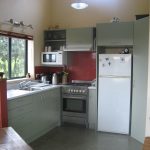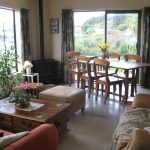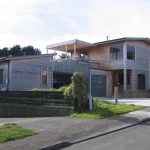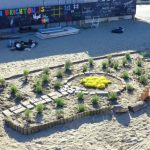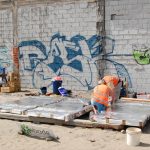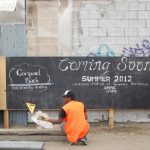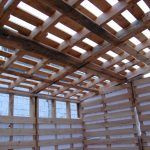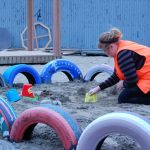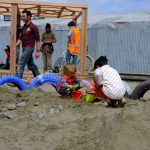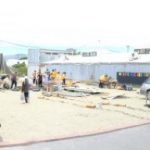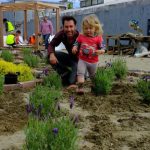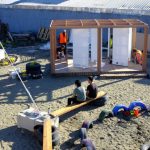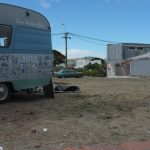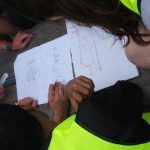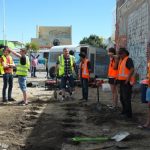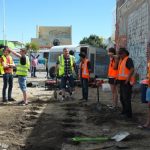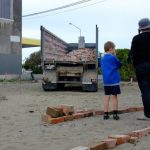Japan is fascinating. The Japanese are so respectful of everything -work, other people, the natural world. And they have so many rituals – for me it seems to be a way to relax. Together it makes for a human society that is synchronized with the natural environment. Their technology is very efficient and they husband their natural environment so as it produces so many useful things from urban land, rural land, and even the forests. Japan is about 130% the size of New Zealand. And they are worried that they only produce food for about 40% of their population. That is 48 million people!

In early February I visited Tokyo and Kyoto. Tokyo is the megalopolis – it has huge apartment buildings that extend as far as I could see from the 18th floor of my hostel. Kyoto on the other hand is largely 2 and 3 story buildings interspersed with many decorative gardens, temples, and productive fields.
I presented at the “Earth Systems Governance Conference Tokyo 2013” at the United Nations University. Yes I fell off my chair when I was accepted to speak at this conference!!
The conference is trying to raise the point that all of humanity is a system “governed” by written and unwritten, or formal and informal, rules and norms.
The conference did attract many presenters on top-down international relations and nuclear energy policy, however the project is also about “bottom up”, grassroots changes in our human-made earth system.
It was a fascinating conference – I was astonished that the people that consider big global issues find what we are doing in Christchurch interesting.
Presently, in New Zealand, the current set of unwritten rules and norms say: “houses are very expensive; spending 5 times your annual income on your house is the best way to save for the future; building a house is best left to the experts; group action is ineffective; excellence and high performance is the sole realm of the highly trained professional; making positive change in your life is profoundly difficult and best left to the experts.”
I presented on the emerging network of groups in Christchurch that are showing other possibilities and suggesting new norms. These groups are creating new possibilities and presenting new ideas that will likely lead to a more sustainable built environment.
One key idea is that we use volunteers and skilled people collaborating together. Another is that you don’t need to be a highly trained person to start something.
There is an informal network of groups in Christchurch that have responded to the earthquake are rewriting the informal rules, and creating new norms. These groups include Greening the Rubble – [gardens can be anywhere!], Gapfiller – [life is a stage!], CPIT – [we are learning by doing!], Live in Vacant Spaces [there are other ways to access land!], The Concert [volunteers are effective, and it is very fun!], Rekindle [we don’t have to throw those building materials away!], White Elephant [young people create and do!], Renew Brighton [a community can remake itself] Maybe one day the formal rules could change, in response.
Written rules also have an impact that was recently documented by Stu Donovan on transportblog.co.nz
The primary impact of local government regulations is not through the constraints they place on land supply (i.e. urban containment), but actually through the barriers they create to the development of more compact and affordable housing. Here’s some examples of regulations pursued by local governments in New Zealand that seem likely to restrict the supply of affordable housing:
- Minimum lot sizes – i.e. “all ye who have less money shall be forced to purchase land you don’t want.”
- Minimum apartment sizes – i.e. “all ye who have less money shall be forced to purchase living space you don’t want.”
- Minimum parking requirements – i.e. “all ye who have less money shall be forced to pay for vehicles you don’t own”.
- Maximum height limits – i.e. “all ye who chose to live like rats are consigned to perish like rats – on the street.”
- Heritage protections – i.e. “all ye who don’t have the money to renovate a villa shall live elsewhere.
The Earth Systems Science Plan defines the five analytical problems of governance. The five A’s, for short: Agency – to what degree groups and individuals feel like they can act to create positive change. Allocation and Access – how individuals and groups are allocated or access needed resources like land, housing, food. Accountability – projects are legitimated – how do we know about, participate in the decision making around projects that affect or interest us? Adaptiveness – how do we change or reorganize in response to needs? And finally, Architecture – what structure of organization allows for good outcomes in the other areas? For example, what type of command and control, what processes or procedures, or what norms?
In Christchurch we have a loose network of groups that come together for various projects as suits each group. Each group thus retains its own agency – the ability to act. There are no formal contracts between groups that restrict or prohibit action. Each group has a few energetic coordinators who harness the capacity of skilled professionals and keen volunteers/apprentices. No explicit coordination between groups is needed. Each group’s actions are coordinated by skilled and resourceful coordinators who keep the momentum going.
Projects are “legitimated” when people volunteer to do them. Good projects are supported by volunteers. Employees do what their bosses say, but volunteers only work on things they believe in. More volunteers equals more legitimacy equals more impact. It is unlikely that an unpopular project will have a big impact, while popular projects will grow and grow.
And It seems that from this architecture of a loose affiliation of interacting groups, supported by a mix of volunteers and professionals, emerges a system that can support a more sustainable built environment. In other words it supports supports multiple groups to have agency, to have legitimacy, and to demonstrate other ways of allocation and access to resources.
Will this hodge-podge of groups lead to a more sustainable built environment? This is still to be discovered. I had an intuition that this was the case, and the conference introduced me to the academic literature further supports this case: That small, self-governing systems of local groups do effectively and fairly allocate limited resources. See, for example, the work of natural resource economist Elinor Ostrom.
We are prototyping possibilities for the future today!
 Providing Surf Life Guards with…
Providing Surf Life Guards with…